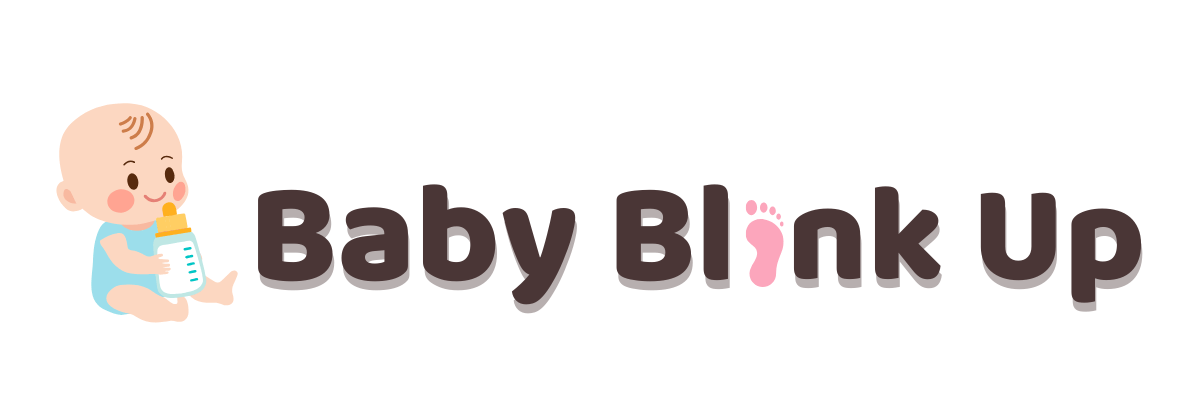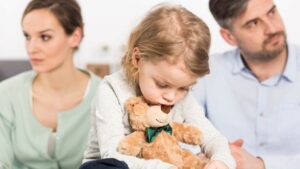Family life is the foundation on which a child’s growth and personality are built. From emotional security to learning values, a family’s influence is profound and lasting. But how does family life affect children? The environment at home, the relationships shared, and the family dynamics significantly shape a child’s emotional, physical, and cognitive development.
In this article, we’ll explore nine surprising effects of family life on children’s growth and why fostering a positive family environment is vital for their well-being.
How Does Family Life Affect Children?

1. Emotional Security
A nurturing family environment provides children with emotional stability. When children feel loved and supported, they develop higher self-esteem and resilience.
- Family bonds build a sense of belonging.
- Supportive environments help children navigate stress.
- Positive relationships encourage open communication.
Example:
For instance, children who grow up in affectionate households are better at managing conflicts and expressing their emotions constructively.
2. Cognitive Development
Family interactions play a key role in shaping cognitive abilities. Engaging conversations, problem-solving activities, and shared learning experiences stimulate brain development.
- Storytelling and reading enhance language skills.
- Collaborative problem-solving strengthens critical thinking.
- Educational support fosters academic success.
Example:
Parents who actively help with homework can positively influence a child’s academic performance and curiosity.
3. Social Skills
Family dynamics teach children how to interact with others. They learn communication, empathy, and conflict resolution within the family unit.
- Sibling relationships provide early lessons in cooperation.
- Family gatherings teach etiquette and cultural traditions.
- Respectful communication models healthy social behavior.
Example:
A child who observes respectful conversations at home is more likely to replicate such behavior with peers and teachers.
4. Behavioral Patterns
Behavioral traits often mirror family dynamics. Consistent discipline and clear boundaries help children develop self-control and responsibility.
- Positive reinforcement encourages good habits.
- Modeling healthy routines promotes discipline.
- Family discussions teach accountability.
Example:
Children raised in a structured environment are more likely to develop punctuality and organization.
5. Mental Health
Family life significantly impacts a child’s mental health. A supportive and open family atmosphere reduces the risk of anxiety and depression.
- Open communication builds trust and reduces stress.
- Emotional support during challenges fosters resilience.
- Healthy family routines create stability.
Example:
Children who feel comfortable sharing their struggles with parents often exhibit better coping skills.
6. Values and Ethics
Families are the primary source of a child’s moral compass. Observing parents’ actions and decisions instills values such as honesty, kindness, and responsibility.
- Role modeling teaches ethical behavior.
- Discussions about right and wrong clarify moral concepts.
- Participation in family traditions reinforces cultural values.
Example:
Children involved in family volunteering activities often grow up with a strong sense of empathy and community service.
7. Physical Health Habits
Family routines influence children’s lifestyle choices. Eating habits, physical activity, and sleep schedules are often shaped at home.
- Shared meals promote balanced nutrition.
- Family activities encourage exercise.
- Consistent bedtime routines ensure adequate rest.
Example:
Families who engage in regular outdoor activities instill the importance of physical fitness in their children.

8. Academic Performance
The role of family in child development extends to academic success. Encouragement and involvement in school-related activities boost children’s confidence and performance.
- Monitoring progress keeps children motivated.
- Celebrating achievements builds self-esteem.
- Creating a quiet study environment supports focus.
Example:
A child whose parents attend parent-teacher meetings is more likely to take academics seriously.
9. Long-term Relationships
The family environment sets the stage for future relationships. Children learn how to build and maintain connections through their family interactions.
- Positive sibling bonds translate to stronger friendships.
- Observing parental relationships shapes expectations.
- Trust and respect at home foster healthy partnerships.
Example:
Adults who experienced strong family bonds often report better emotional intelligence in their relationships.
Summary of Family’s Effects on Children
| Effect | Key Impact |
|---|---|
| Emotional Security | Builds confidence and resilience |
| Cognitive Development | Enhances problem-solving skills |
| Social Skills | Improves communication and empathy |
| Behavioral Patterns | Encourages responsibility and discipline |
| Mental Health | Reduces stress and fosters well-being |
| Values and Ethics | Instills moral principles |
| Physical Health Habits | Promotes fitness and nutrition |
| Academic Performance | Boosts confidence and success |
| Long-term Relationships | Teaches trust and emotional intelligence |
Related Article: 11 Important Effects of Family Problems on a Child’s Growth
Conclusion
Family life is the cornerstone of a child’s growth and development. From shaping emotional well-being to instilling lifelong values, the effects of family dynamics are profound. Understanding how does family life affect children can help parents and caregivers create a nurturing environment that fosters healthy development.
By prioritizing positive interactions and support, families can lay a strong foundation for their children’s future success.
FAQ’s
How does family life affect children?
Family life affects children by shaping their emotional, social, and cognitive growth. A supportive environment fosters resilience, responsibility, and well-being.
What are the effects of family environment on children?
The family environment influences children’s behavior, values, and mental health. Positive dynamics encourage healthy habits, academic success, and social skills.
How does family dynamics impact child behavior?
Family dynamics, such as communication styles and discipline methods, directly impact a child’s behavior, teaching them self-control and empathy.
Why is the role of family in child development crucial?
Families provide emotional support, instill values, and model behavior, forming the foundation for a child’s lifelong development.
How can families promote positive impacts on children?
Families can promote positive impacts by fostering open communication, creating stable routines, and encouraging physical and mental well-being.





Pingback: 11 ways: How Does Family Problems Affect a Child?
Pingback: What are the Positive Effects of Family? you should know